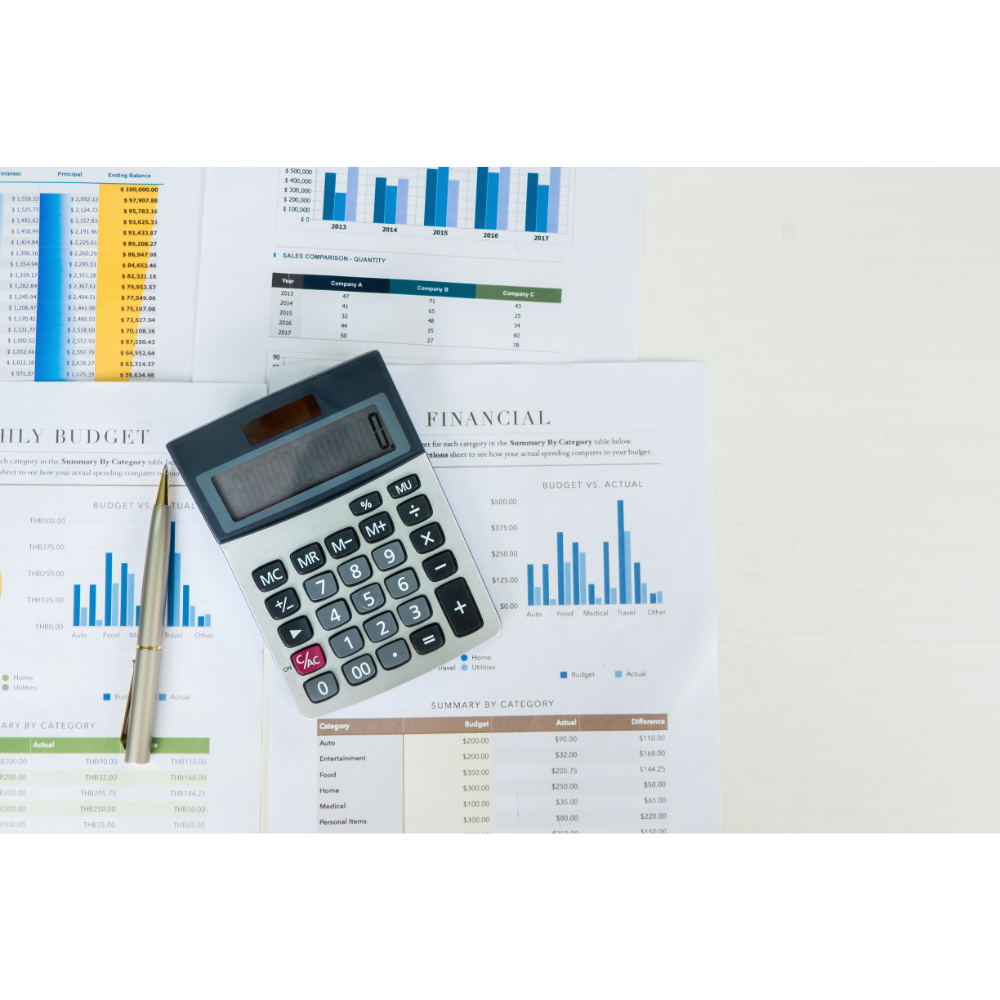IFRS 16 Leases is a standard developed by the International Accounting Standards Board (IASB) that provides guidance on how to account for leases in financial statements. The standard was issued in January 2016 and became effective for annual reporting periods beginning on or after January 1, 2019. In this article, we will discuss the rules, descriptions, examples, case studies, and new developments of IFRS 16 Leases.
Rules and Descriptions:
IFRS 16 Leases replaces the previous standard, IAS 17 Leases, and provides a single accounting model for all leases. The key changes introduced by IFRS 16 are:
Lessees are required to recognize all leases on their balance sheet as a right-of-use asset and a lease liability, except for short-term leases and leases of low-value assets.
The lease liability represents the present value of the lease payments, while the right-of-use asset represents the lessee’s right to use the leased asset for the lease term.
Lessees are required to recognize interest expense on the lease liability and depreciation on the right-of-use asset.
The classification of a lease as a finance lease or an operating lease is no longer relevant for lessees. Instead, the lease liability is measured using the lessee’s incremental borrowing rate or the interest rate implicit in the lease, while the right-of-use asset is initially measured at the lease liability amount, adjusted for any lease payments made at or before the lease commencement date, initial direct costs, and any lease incentives received.
Lessors continue to classify leases as finance leases or operating leases, with different accounting treatments for each.
Examples:
To illustrate the impact of IFRS 16 Leases, let’s consider the following example:
ABC Ltd enters into a five-year lease for a warehouse with an annual lease payment of $100,000, payable in advance at the beginning of each year. The lessee’s incremental borrowing rate is 6%.
Under IAS 17 Leases, the lessee would account for the lease as an operating lease, with the annual lease payments recognized as an expense in the income statement.
Under IFRS 16 Leases, the lessee would recognize a right-of-use asset and a lease liability on the balance sheet. The lease liability would be initially measured at $446,455 (present value of the lease payments of $100,000 per year for five years, discounted at 6%), and the right-of-use asset would be initially measured at the same amount, adjusted for any lease payments made at or before the lease commencement date, initial direct costs, and any lease incentives received. The lessee would recognize interest expense of $26,787 (6% of $446,455) in the income statement in the first year, and depreciation expense of $89,291 ($446,455/5) in each year of the lease term.
Case Studies:
IFRS 16 Leases has significant implications for companies that lease assets, particularly those in industries such as retail, aviation, and shipping. Some of the key challenges faced by companies in implementing the standard include:
Identifying all leases: Companies need to identify all leases in their operations, including those embedded in service contracts or leaseback arrangements.
Collecting lease data: Companies need to collect lease data, such as lease terms, payments, and renewal options, from various sources, including vendors, landlords, and internal departments.
Updating systems and processes: Companies need to update their accounting systems and processes to capture and record the necessary lease data and to calculate the lease liability and right-of-use asset.
Impact on financial ratios: The recognition of lease liabilities and right-of-use assets on the balance sheet may affect
